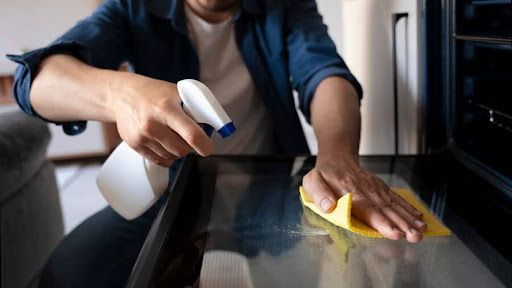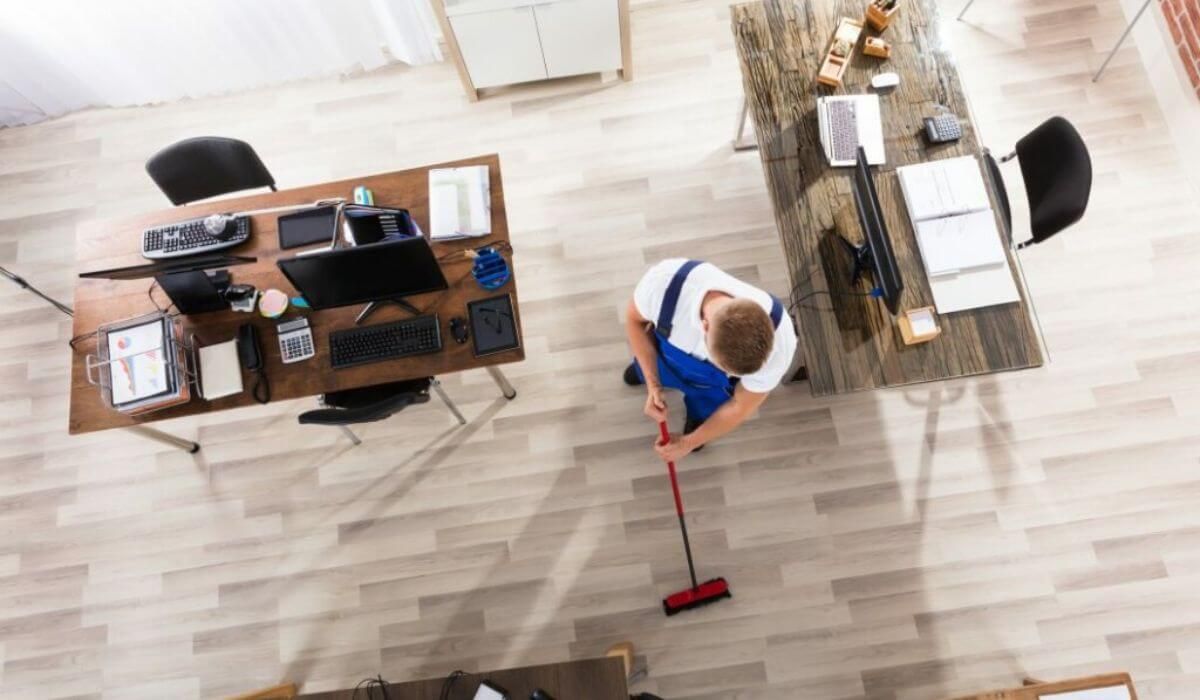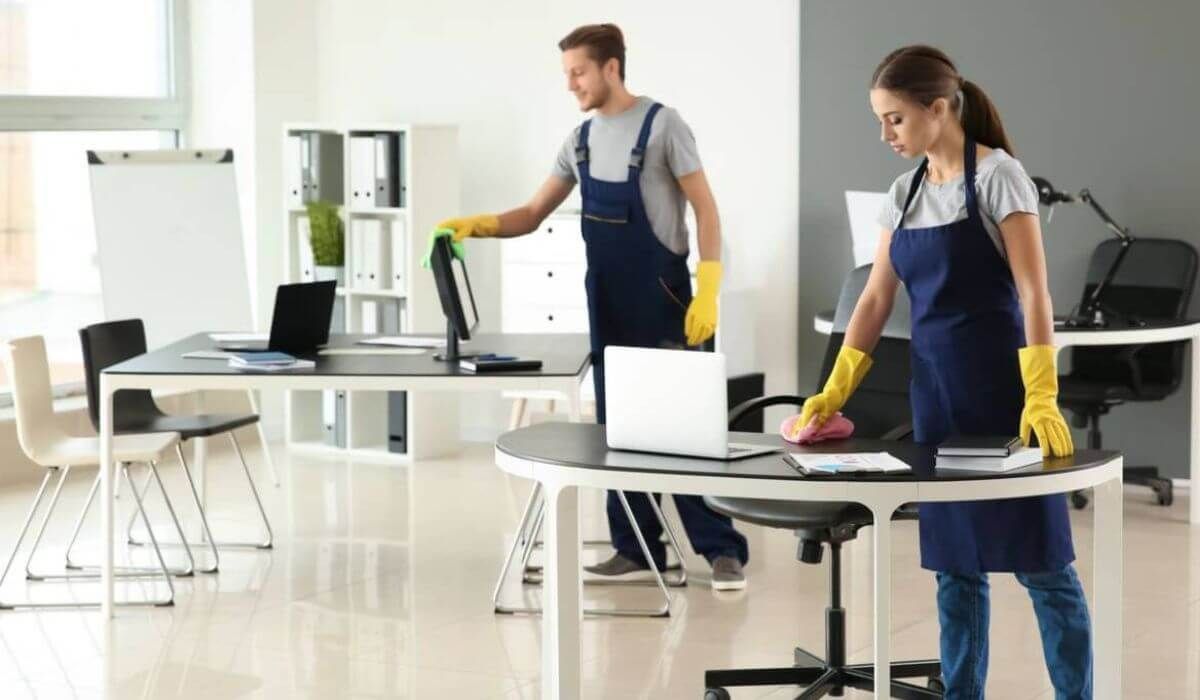Essential Checklist for Sydney’s Medical Facilities
Maintaining a clean and sanitary environment in medical facilities is essential for the safety of both patients and staff. High-touch surfaces, particularly in healthcare settings, are prone to accumulating harmful bacteria and viruses, which can lead to cross-contamination and increase the risk of healthcare-associated infections (HAIs). This high-touch surface cleaning checklist provides vital guidelines for Sydney’s medical facilities to help prioritize hygiene, reduce infection risks, and ensure compliance with healthcare cleaning standards.
What Is High-Touch Surface Cleaning?
Importance of High-Touch Surface Cleaning in Healthcare
High-touch surface cleaning is a specialized approach that targets areas frequently touched by patients, staff, and visitors in healthcare settings. This cleaning process is critical for infection control, as these surfaces are hotspots for harmful pathogens that can spread infections. High-touch cleaning reduces the risk of cross-contamination, helping healthcare facilities prevent HAIs and create a safer environment.
Examples of High-Touch Surfaces in Medical Facilities
In healthcare environments, high-touch surfaces include areas and objects that are frequently used or come into contact with multiple people. Examples of these surfaces in medical facilities include:
- Door handles and push plates
- Bed rails and bedside tables
- Light switches and electrical controls
- Shared medical equipment such as stethoscopes, thermometers, and IV poles
Addressing these high-touch points through regular cleaning minimizes potential health hazards and keeps the environment safe.
Essential Checklist for High-Touch Surface Cleaning
Patient Room Cleaning Checklist
Patient rooms require thorough, frequent cleaning of high-touch areas to prevent the spread of germs. Key points to include in a patient room cleaning checklist are:
- Patient beds, including rails and headboards
- Bedside tables and nurse call buttons
- Remote controls for TVs and other devices
- Any medical equipment in the room, including monitors and portable devices
In Sydney’s healthcare settings, maintaining high standards for these surfaces is vital to infection control and overall facility hygiene.
Operating Room and ICU High-Touch Points
High-touch surfaces in operating rooms (ORs) and intensive care units (ICUs) require specialized cleaning techniques to meet strict hygiene standards. Critical surfaces to clean in these areas include:
- Surgical lights and overhead fixtures
- Equipment handles and knobs
- Monitor screens and buttons
- IV poles, pumps, and associated controls
Since these environments are at high risk for cross-contamination, cleaning protocols for ORs and ICUs should involve hospital-grade disinfectants and strict adherence to sanitization procedures.
Reception and Waiting Area High-Touch Surfaces
The reception and waiting areas are often the busiest parts of medical facilities. As a result, high-touch surface cleaning in these areas is essential to prevent the spread of infections among patients, visitors, and staff. Surfaces to focus on include:
- Check-in kiosks and self-service devices
- Reception counters and sign-in sheets
- Chairs, armrests, and magazine holders
By prioritizing these areas, healthcare facilities can enhance cleanliness and reduce the risk of spreading germs in high-traffic zones.
Recommended Cleaning Products for High-Touch Surfaces
Choosing Hospital-Grade Disinfectants
For effective high-touch surface cleaning, healthcare facilities should use hospital-grade disinfectants that are
EPA-approved. These disinfectants are specifically designed to eliminate harmful pathogens commonly found in medical settings. Alcohol-based cleaners are another option for sanitizing surfaces quickly and efficiently, especially for areas that require frequent attention.
Safe Application Methods for High-Touch Areas
Using the correct application methods is critical for effective high-touch cleaning. Microfiber cloths are recommended for their ability to trap dirt and bacteria, while disposable wipes offer a convenient, single-use option that minimizes the risk of cross-contamination. For some surfaces, a spray-and-wipe method may be preferable, but it’s essential to follow product guidelines to ensure proper disinfectant dwell time and effectiveness.
High-Touch Surface Cleaning Best Practices
Frequency of Cleaning for High-Touch Surfaces
The frequency of cleaning high-touch surfaces in healthcare facilities should align with their usage and the level of risk they pose. Surfaces in patient rooms, operating rooms, and high-traffic areas should be cleaned multiple times daily, especially after exposure to patients or visitors. A daily cleaning schedule with increased frequency in high-traffic areas helps maintain a sanitary environment.
Training Staff for Consistent Cleaning Practices
For high-touch surface cleaning to be effective, it’s essential to train cleaning staff in proper sanitization protocols. This training should cover the correct use of disinfectants, adherence to cleaning schedules, and compliance with healthcare cleaning standards. Educating staff helps ensure consistent, thorough cleaning and promotes a culture of hygiene and safety within the medical facility.
Conclusion
High-touch surface cleaning is an essential aspect of infection control in Sydney’s medical facilities. By adhering to a structured cleaning checklist and using the appropriate methods and products, healthcare providers can ensure a cleaner, safer environment for both patients and medical personnel. Consistent cleaning practices reduce the risk of infections, enhance compliance with healthcare standards, and play a crucial role in delivering quality patient care.
Ensure your medical facility maintains the highest standards of hygiene. Contact us today to schedule a professional high-touch surface cleaning service in Sydney, tailored to healthcare environments. Prioritize safety and infection control with our trusted cleaning solutions!
Frequently Asked Questions about High-Touch Surface Cleaning
What are high-touch surfaces in a medical facility?
High-touch surfaces include areas frequently touched by patients, staff, and visitors, such as bed rails, light switches, and door handles.
How often should high-touch surfaces be cleaned in healthcare settings?
High-touch surfaces in medical facilities should be cleaned multiple times daily, especially in high-traffic areas, to ensure a hygienic environment.
What disinfectants are recommended for high-touch surfaces in hospitals?
Hospital-grade disinfectants like alcohol-based or EPA-approved cleaners are recommended for high-touch surface cleaning due to their effectiveness against bacteria and viruses.
Why is high-touch surface cleaning important in healthcare?
High-touch surface cleaning is essential in healthcare as it helps prevent the spread of infections and reduces cross-contamination, safeguarding both patients and staff.



